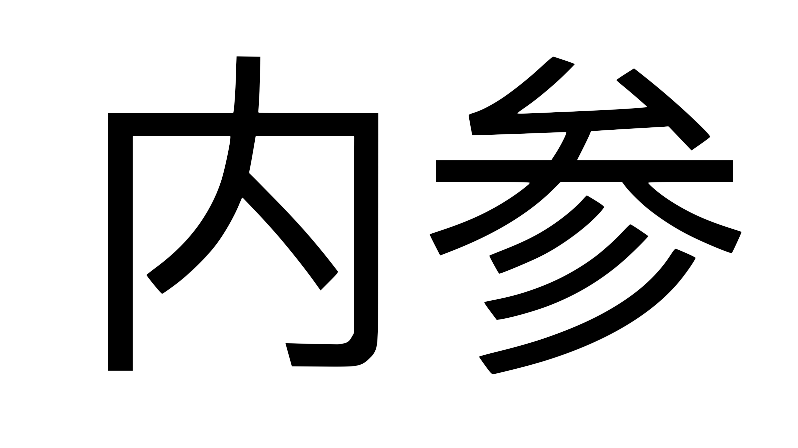Brief #139: State Council Institutional Reform Plan 2023
On March 10, the National People's Congress approved the State Council Institutional Reform Plan (国务院机构改革方案) proposed by the Chinese government.
Under the approved plan, a dozen central government institutions will be reorganised, and two new ones will be established. These institutions oversee policy portfolios that include science and technology, financial regulation, rural development, and population ageing.
The State Council Institutional Reform Plan implements changes to state institutions as part of a larger plan — the Party and State Institutions Reform Plan — adopted by the Central Committee at its second plenary session in February.
The Party and State Institutions Reform Plan is expected to be released publically in the coming weeks. This will provide details on the restructuring of Party institutions, giving us a more complete picture of this round of institutional restructuring.
The brief below is followed by a translation of the State Council Institutional Reform Plan.
Brief
The restructuring measures outlined in the State Council Institutional Reform Plan need to be understood within a broad context.
Firstly, the restructuring of the State Council (aka central government) is a routine event, not an extraordinary one. In fact, this is the ninth round of government restructuring in the post-Mao era, with previous rounds taking place in 1982, 1988, 1993, 1998, 2003, 2008, 2013, and 2018.
Secondly, every five years, when a new central government administration takes office, the government machinery is restructured to align with the priorities and vision of the new leadership.
This round of restructuring comes at a time of reshuffling in state leadership, with a new central government leadership team led by Premier Li Qiang replacing the team led by Li Keqiang. The restructuring measures can be seen, at least in part, as reflecting the priorities of team Li Qiang.
Thirdly, past restructurings of central government institutions have been in response to changes in Chinese society, economy, and the international environment, which require new governance arrangements and policy responses. Examples include new patterns of socioeconomic development and the rise of new technology.
This round of restructuring is no different, with a focus on science and technology, financial regulation, and other pressing policy areas such as rural development and population ageing.
The most significant part of the restructuring plan focuses on science and technology, which the Chinese leadership considers critical for the country's future. However, advanced technology is currently a point of contention in the US-China geopolitical competition.
Key Measures
The structuring plan includes 13 measures, with two focused on science and technology, six on financial regulation and management, and the remainder on other areas.
In science and technology, the Ministry of Science and Technology will undergo a significant overhaul. Non-core functions and subordinate institutions will transfer to other state institutions, enabling the Ministry to concentrate on its core functions and "macro-management responsibilities" related to science and technology.
These core functions include "driving a new system for mobilising resources nationwide to make key technological breakthroughs, improving the management of the science and technology innovation chain", and "promoting the application of scientific and technological advances". Macro-management responsibilities refer to strategic planning, institutional reform, resource allocation, integrated coordination, and policy and regulatory formulation.
Additionally, a new institution, the National Data Administration, will now oversee data policy. It will coordinate and promote the development of data infrastructure systems, data resource sharing and utilisation, and national digitalisation plans.
In financial regulation and management, the new National Financial Regulatory Administration will oversee the financial sector, except for financial securities, which will continue to be regulated by the China Securities Regulatory Commission. The new regulator will supervise financial institutions, protect the rights of consumers of financial products and services, and manage and prevent risks. As part of establishing the new regulator, some existing functions of the People's Bank of China and the China Securities Regulatory Commission will transfer over.
Other financial regulation and management measures include:
